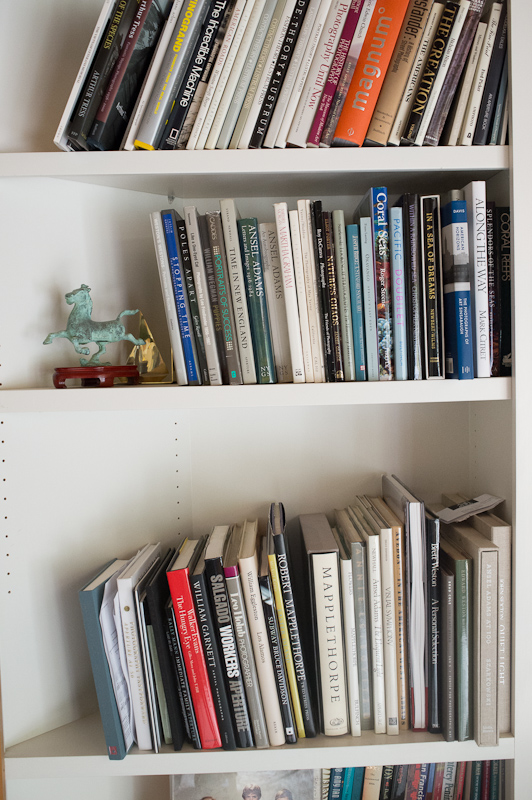I intend to use the D4 in a specific way, so my testing is aimed simply at determining how well it will do the job I want it to do. Because of that, I may test for things you don’t care about, and omit testing things that you think are important.
When I capture the images for the Staccato series, I currently use two D3s bodies, one with a 24mm f/1.4 lens mounted, and one with a 35mm f/1.4. I pick the lens I will use based on the scene. When the buffer fills up, as it does maybe thirty times a night, I reach for the other camera and continue shooting, now with a non-optimal lens. My hope in purchasing the D4 is that I’ll be able to travel with only one camera and one lens, the 24mm. I will lose redundancy, but these cameras are very rugged and reliable. I will have to crop the images that I’d normally make with the 35mm lens, but the D4 has 33% more pixels, so that should help (I’d need almost twice as many pixels to be able to crop a 24mm image to the angle of view of a 35mm lens and end up with the same number of pixels as the D3s).
The first thing I checked out was how long it took to fill the buffer. I installed and formatted a SanDisk 128GB 100MB/s CF card, set the shutter speed to 1/8000, turned off the auto focus, set the wind mode to Ch, and set that speed to 10 frames/second. I held the shutter release down until the camera slowed down. I got 62 frames, plus one more after I released the button. I did the same thing with the Sony XQD card, and got 67 frames, plus one more after I released the shutter button. I put the 100 MB/s CF card in a D3s, set it the same way, and got 33 images plus one more after I let go of the shutter release. It looks like the D4 buffer is about twice as big as the D3s buffer.
This is exactly what I had hoped for; it means that I can take as many pictures with the D4 before the buffer fills as I can with the two D3s’s I usually use for the Staccato series.
The next thing to test was the low light performance. I took both a D3s and the D4 and aimed them at some books that are familiar to everyone who read my NEX-7 posts. I used a Nikon 35mm f/2 lens that has proven to be very sharp in the past, set the aperture to f/5.6, the shutter speed to 1/40, turned off auto ISO, set the ISO to 6400, focused with liveview, and made some test images.
The overall image looks like this (this one is with the D4):
I converted the images in Lightroom 4, which can handle the D4 images just fine. What an improvement since the days when you had to wait months for Adobe to support new cameras. I turned off all sharpening and noise reduction. This is not the way you’d process non-test images, but is the best way to compare noise in images of different resolution. I looked at the test images at 2:1 pixel magnification, scaling them up using nearest-neighbor. This is not really fair to the D4 — you could argue that I should res the D4 images down to the D3s resolution – but I wasn’t interested in being fair, I wanted to see if the D4 could produce D3s-like noise performance in spite of the increased resolution. It looks like it can.
Here’s the D4 image:
And here’s the D3s image (note that the viewing angle is different because of the decreased resolution):
I will be experimenting more with the D4, but I’m pretty sure it will do the job I want it to do.



[…] posted my initial D4 testing results here. This entry was posted in The Bleeding Edge. Bookmark the permalink. ← D4 […]